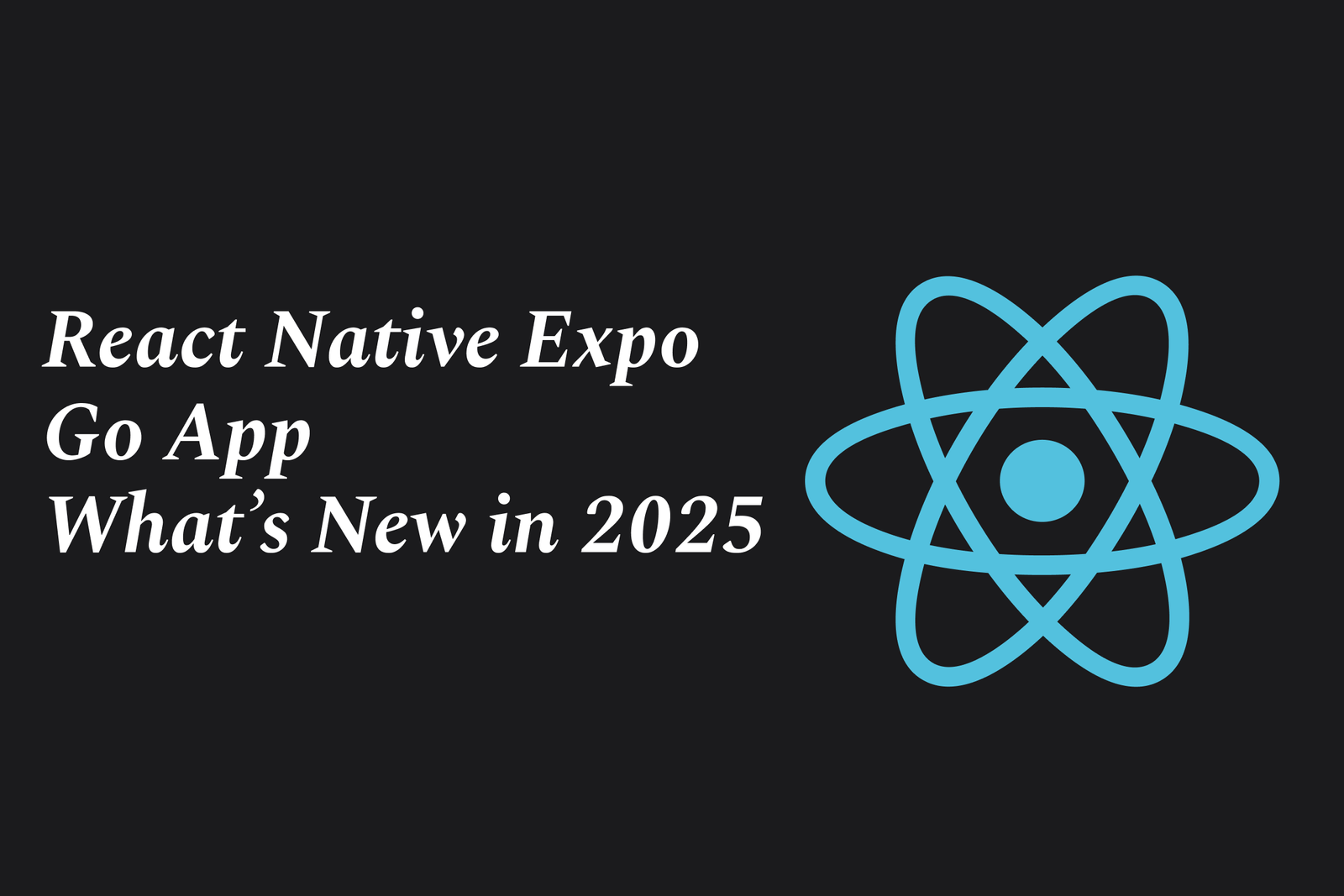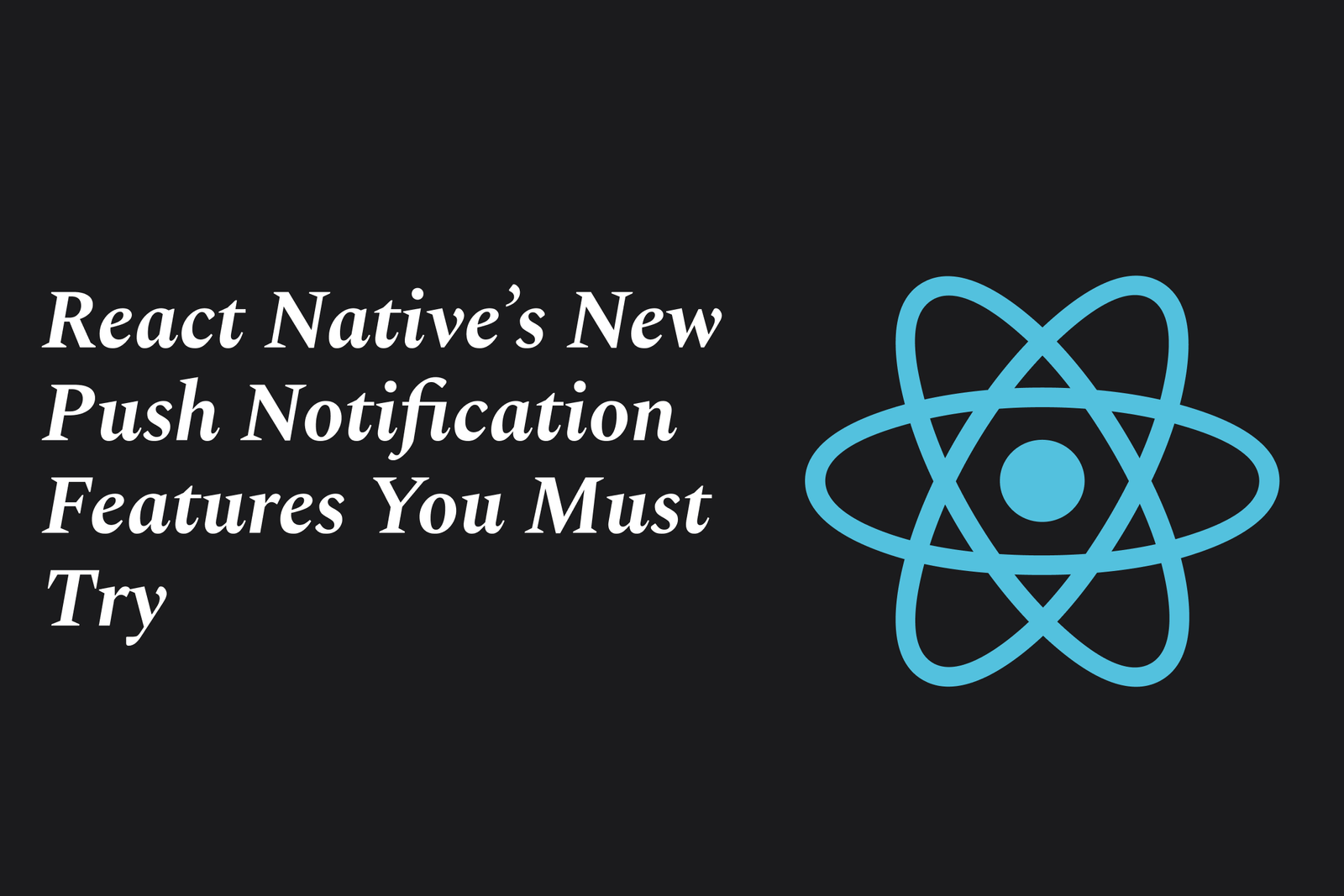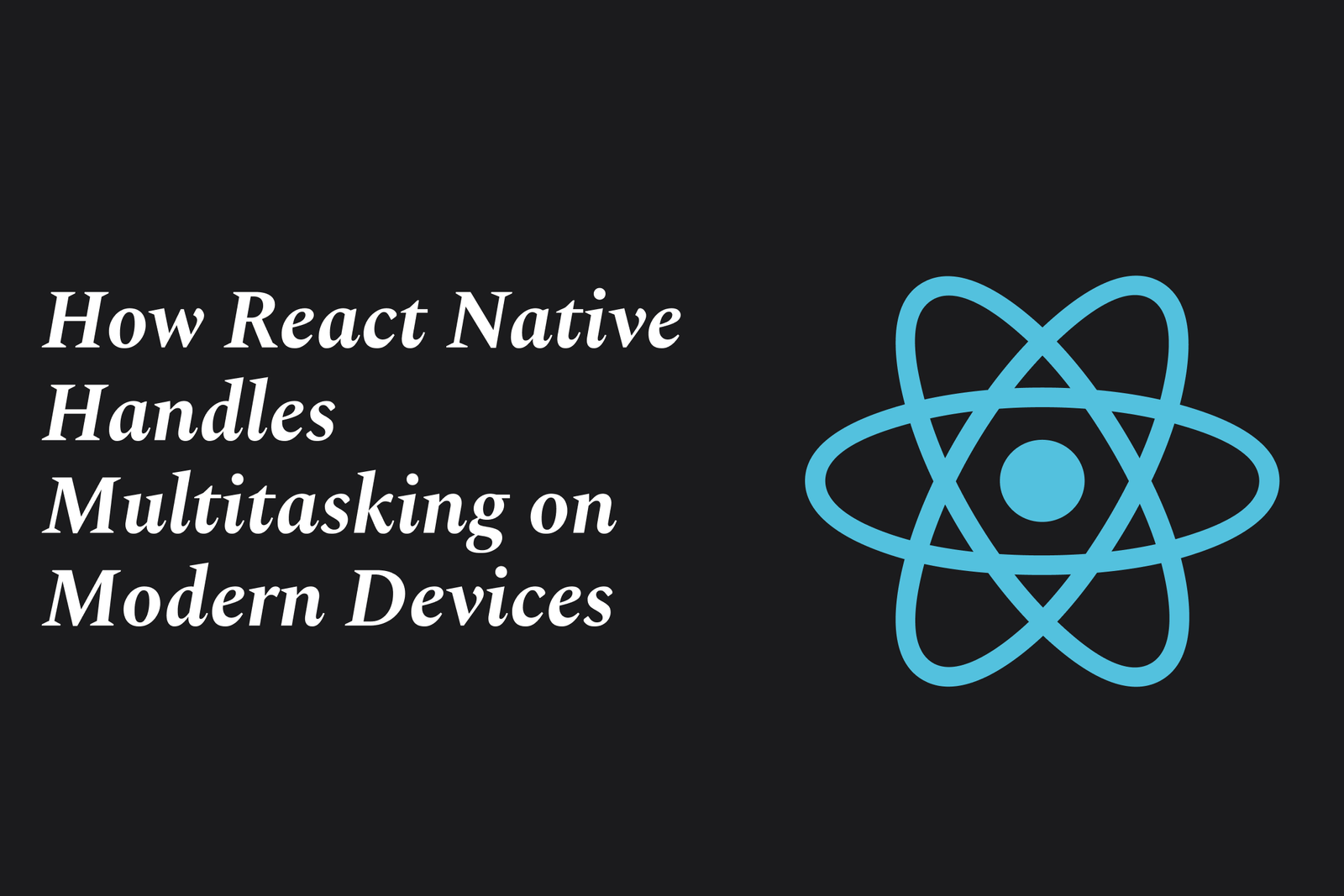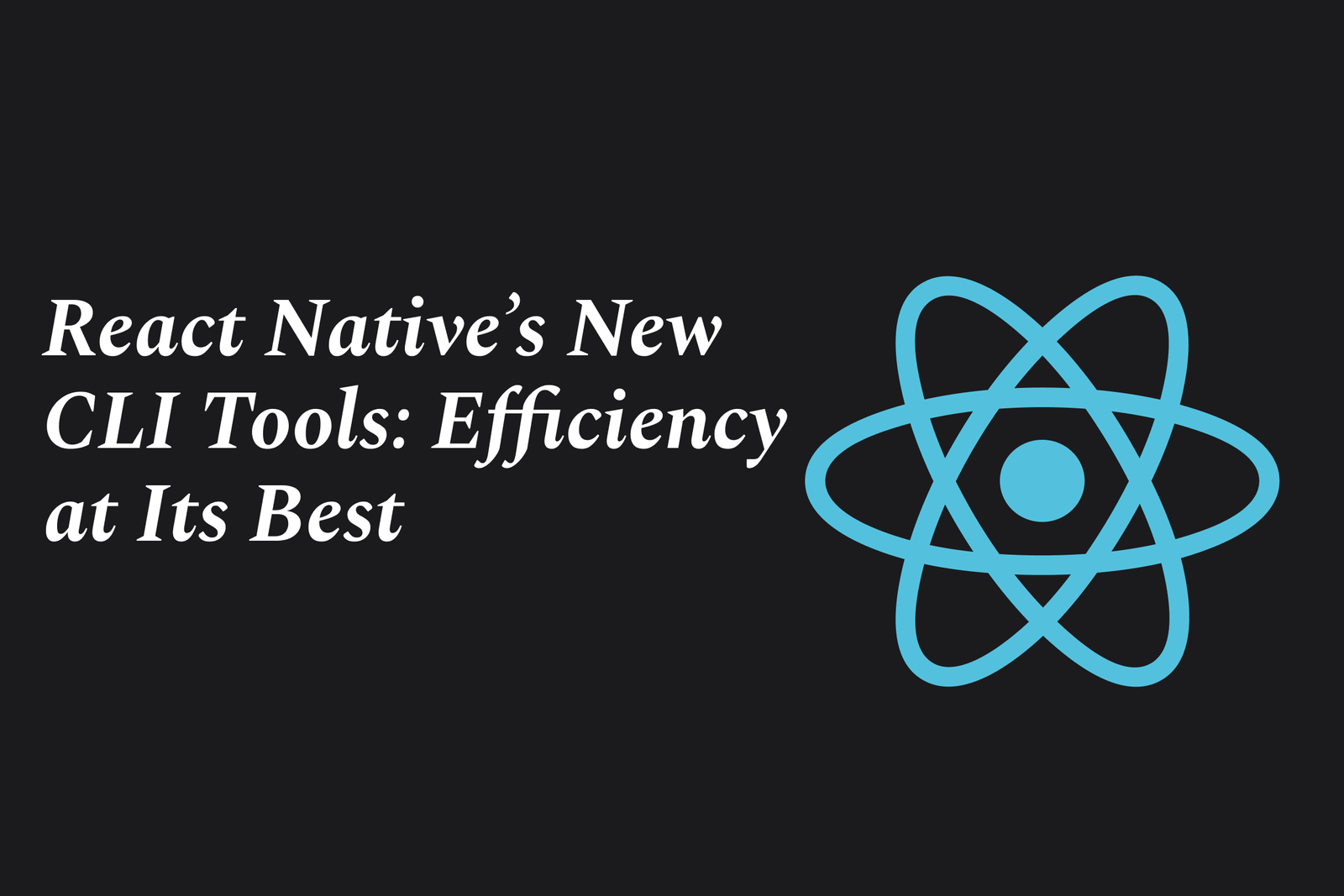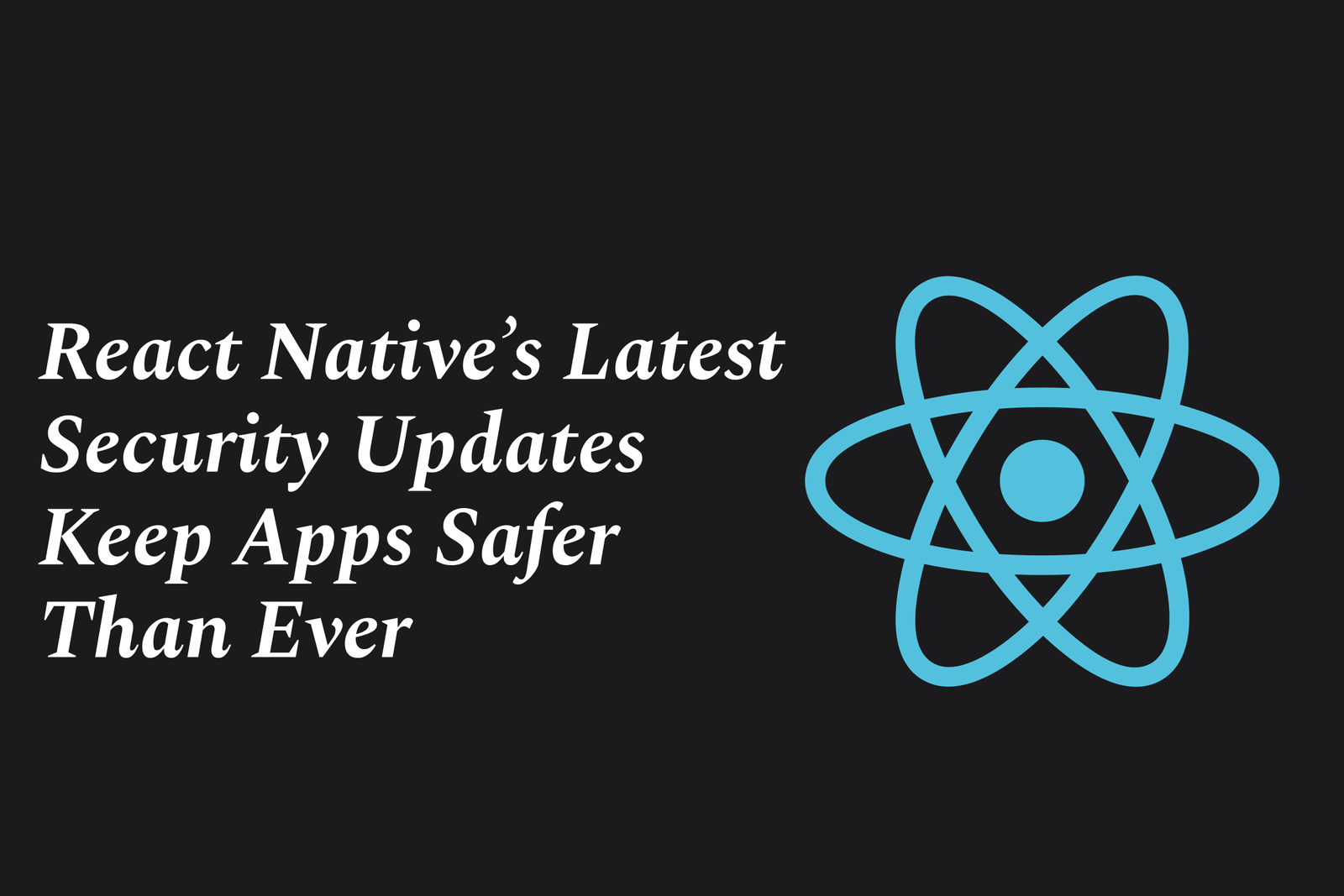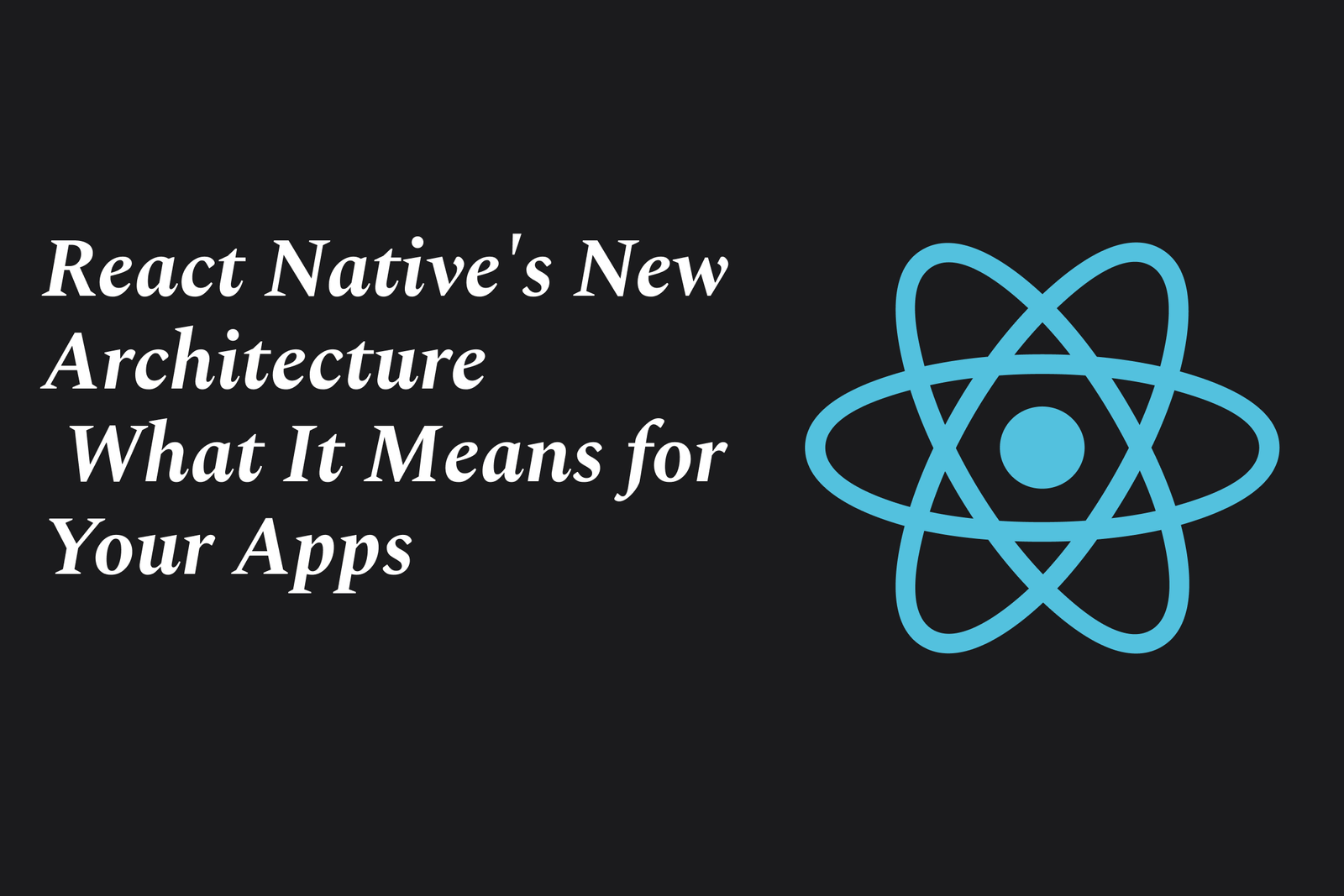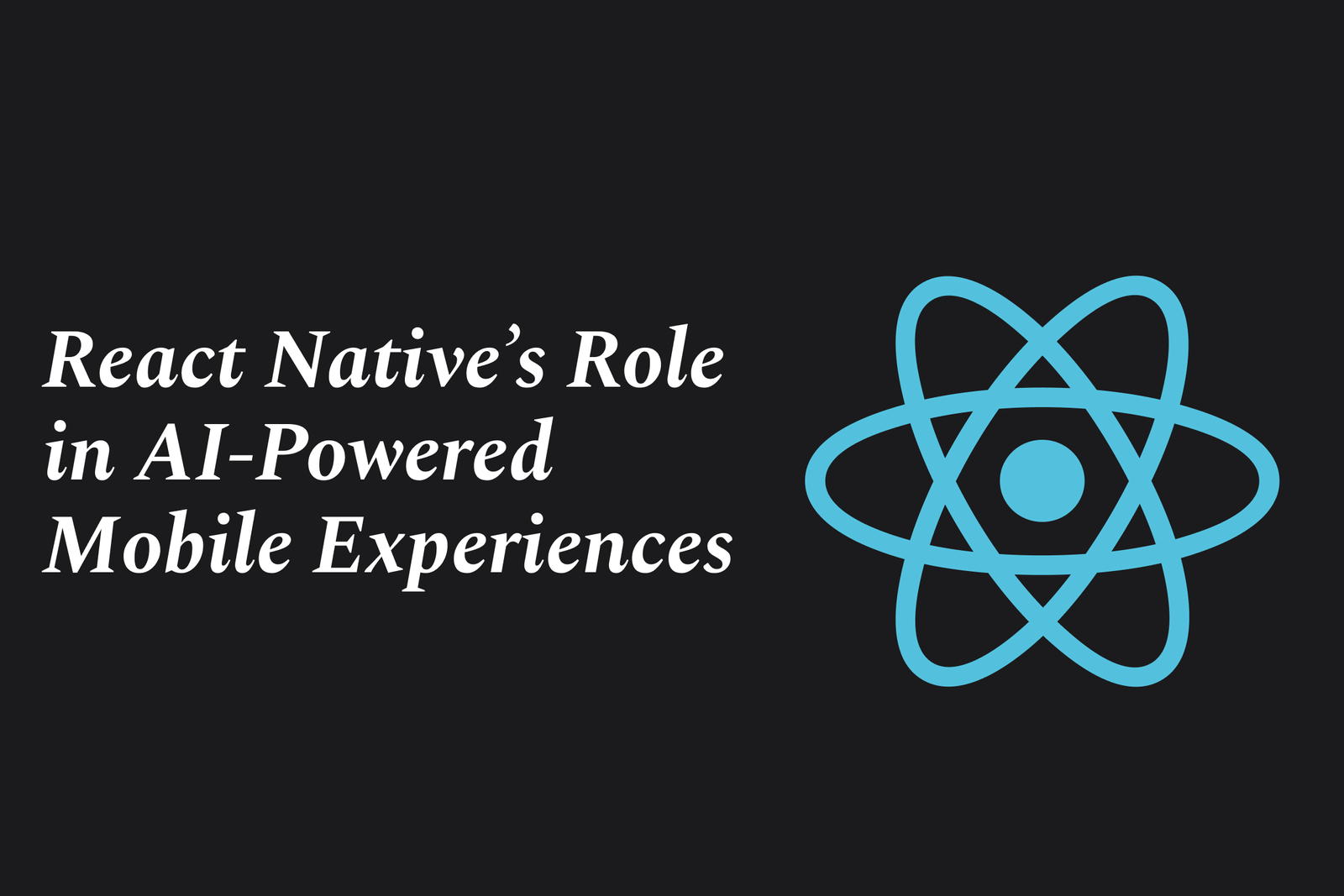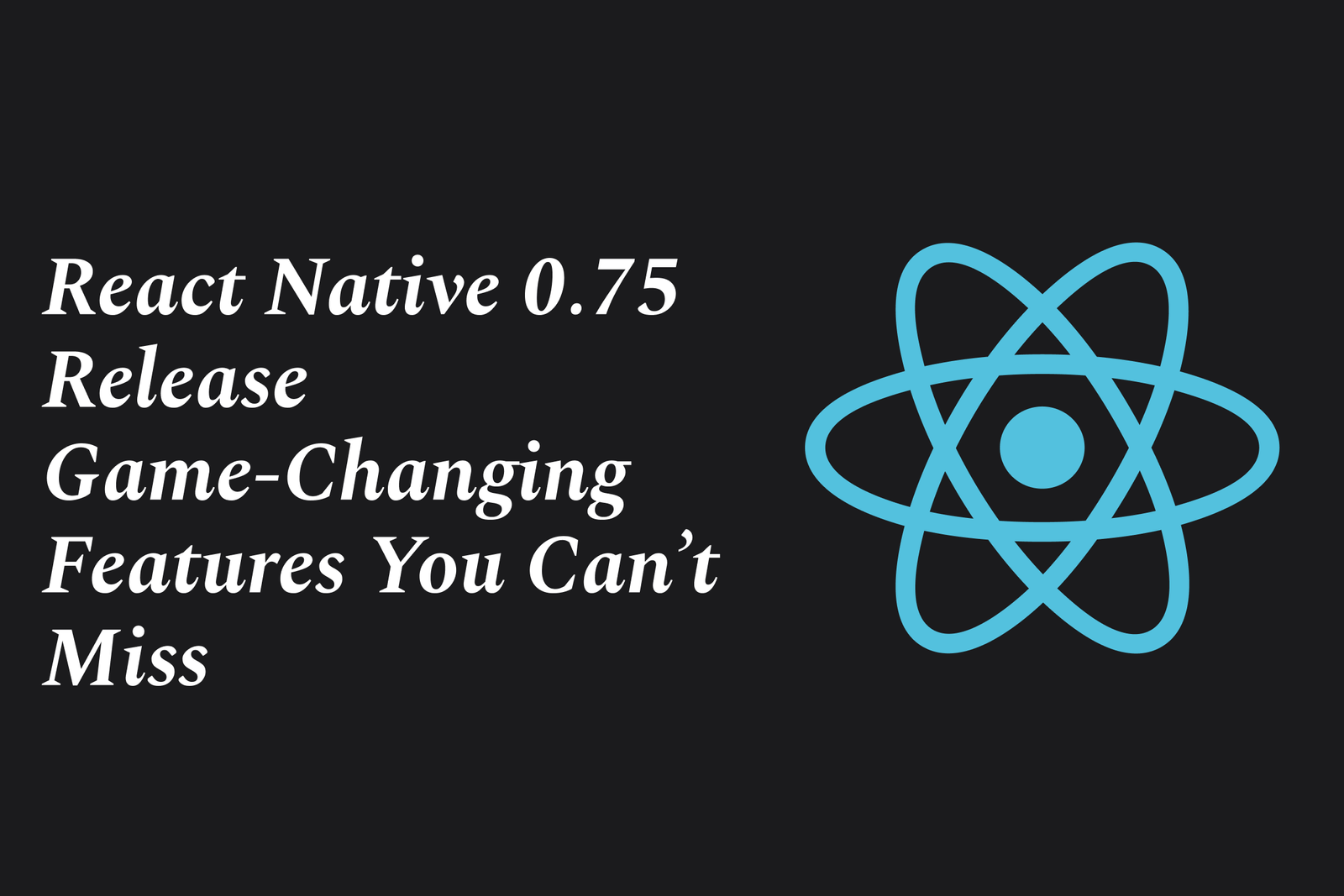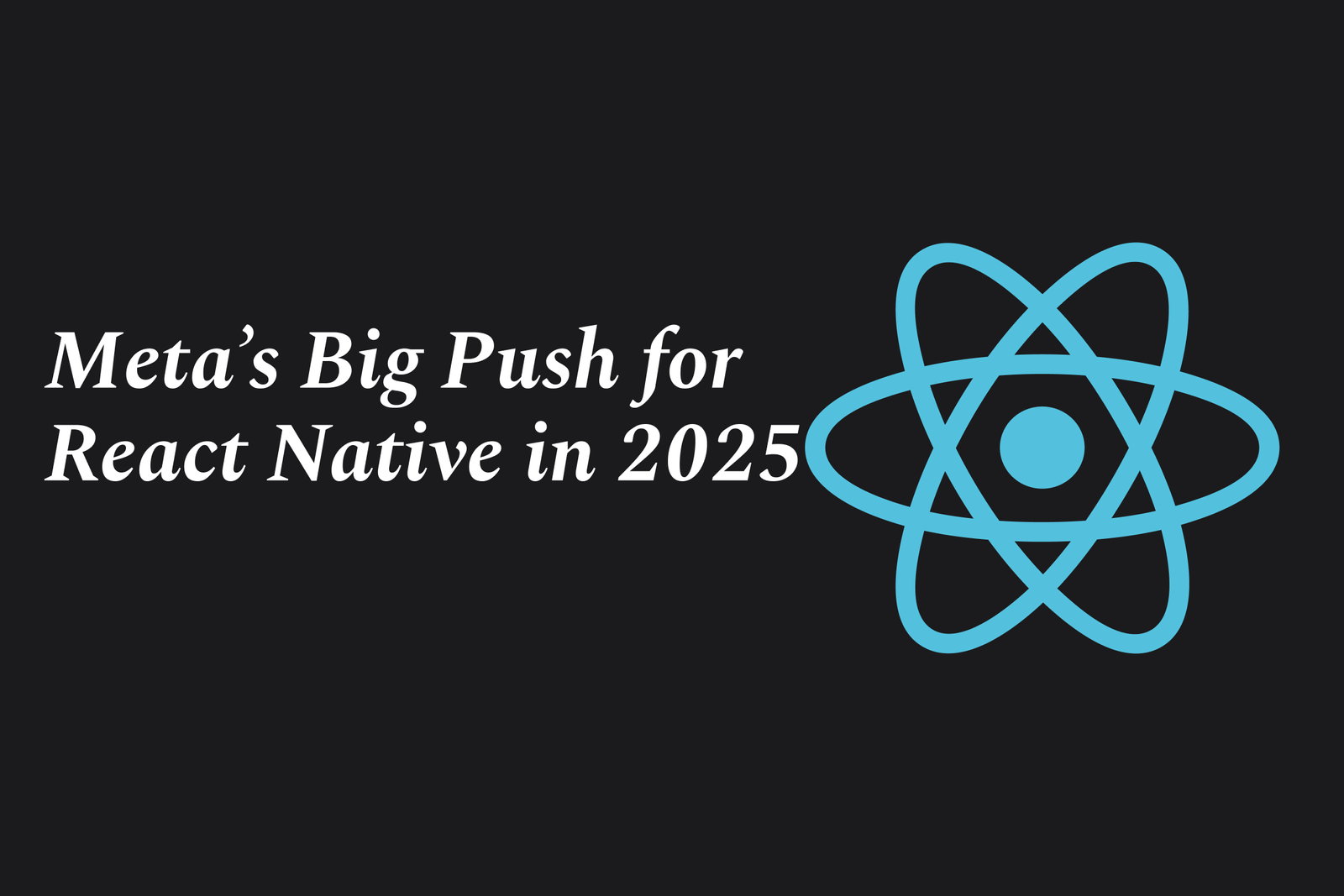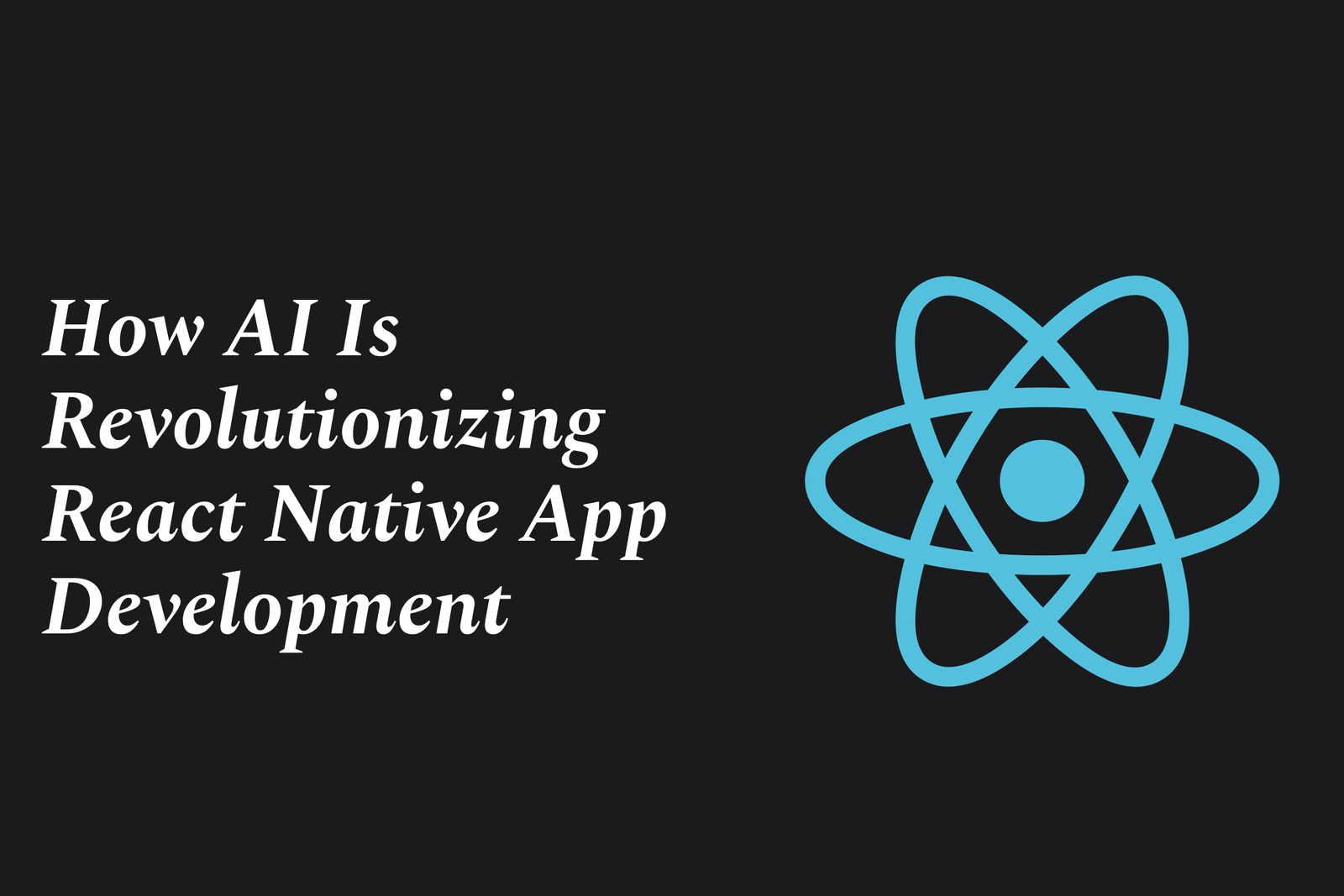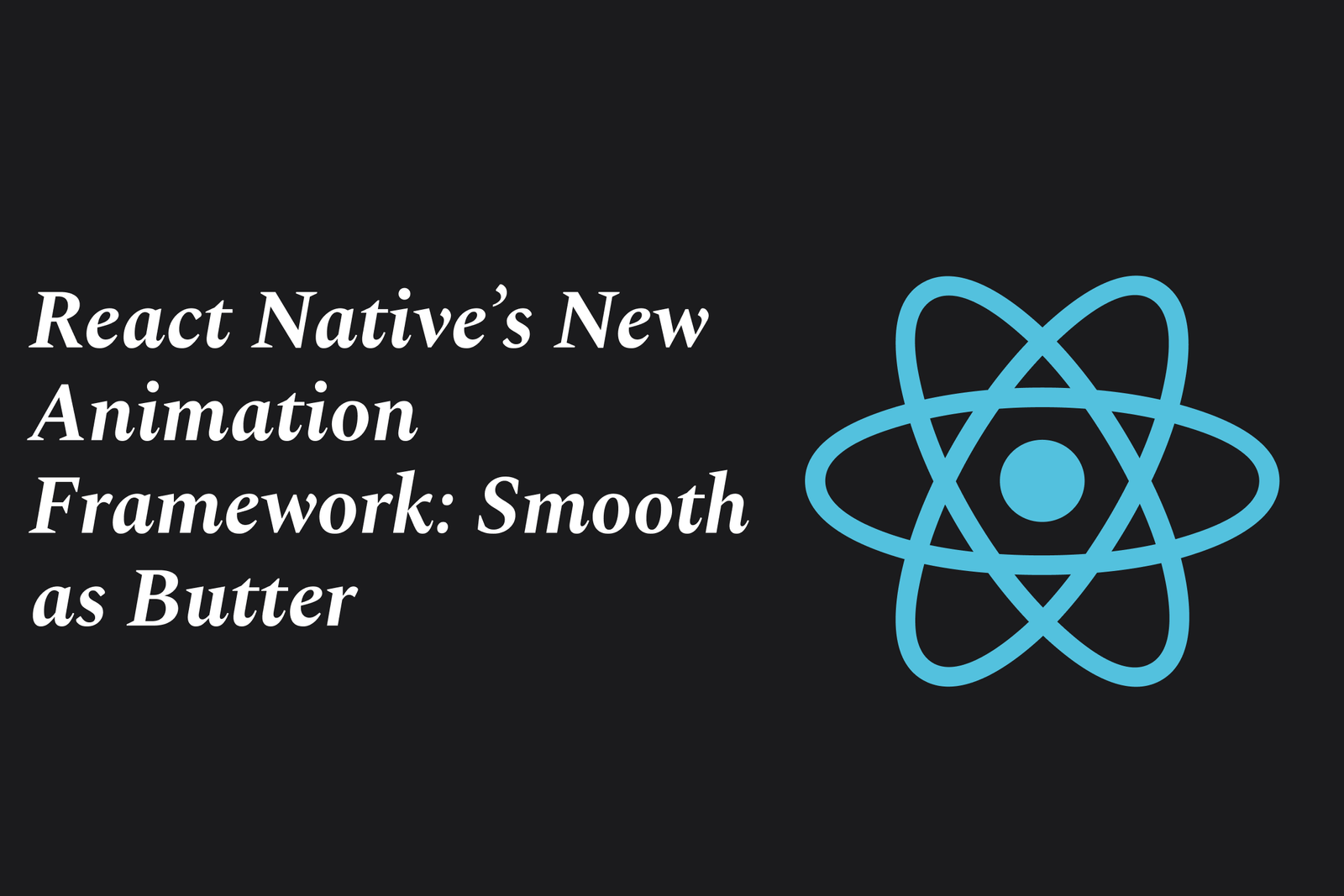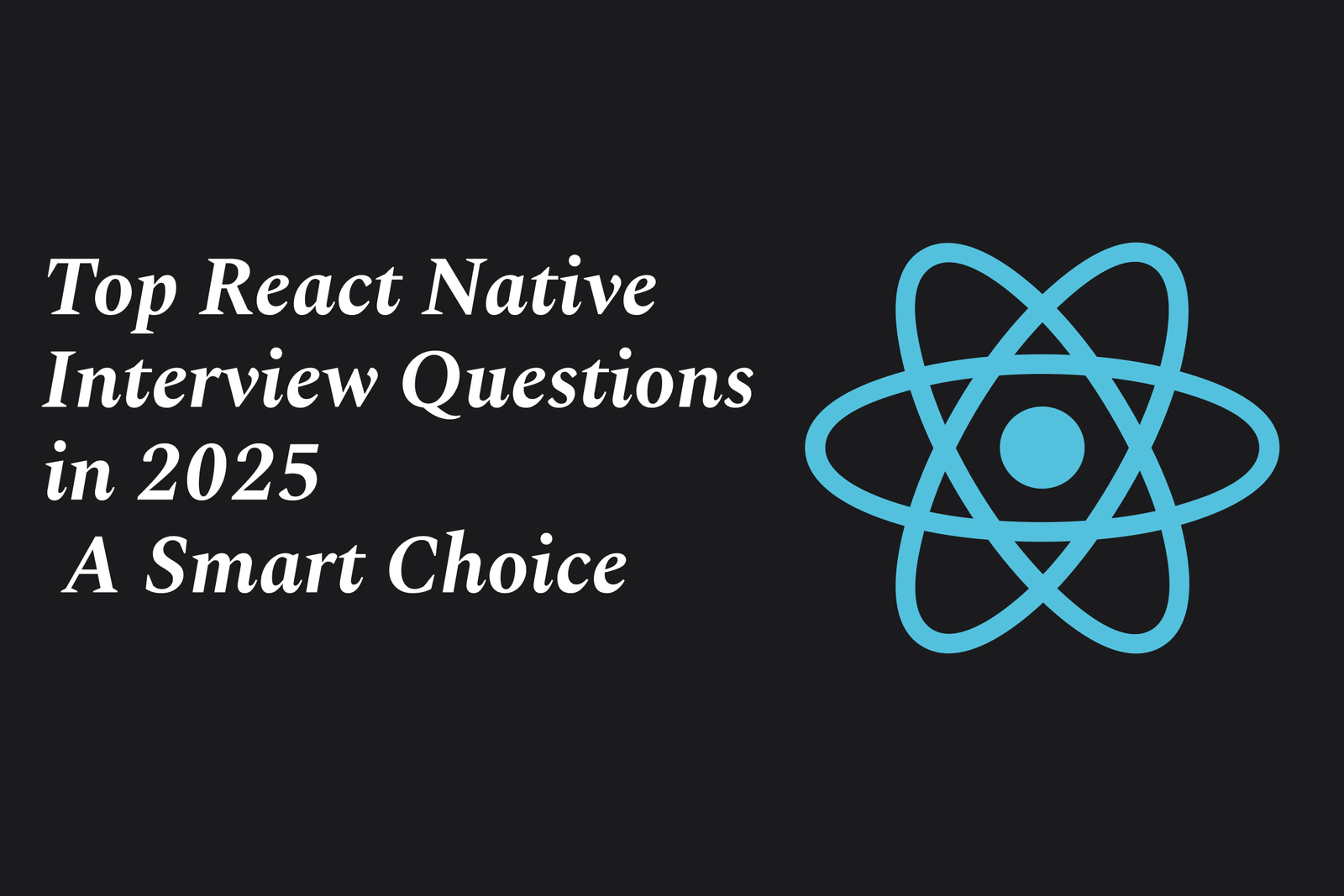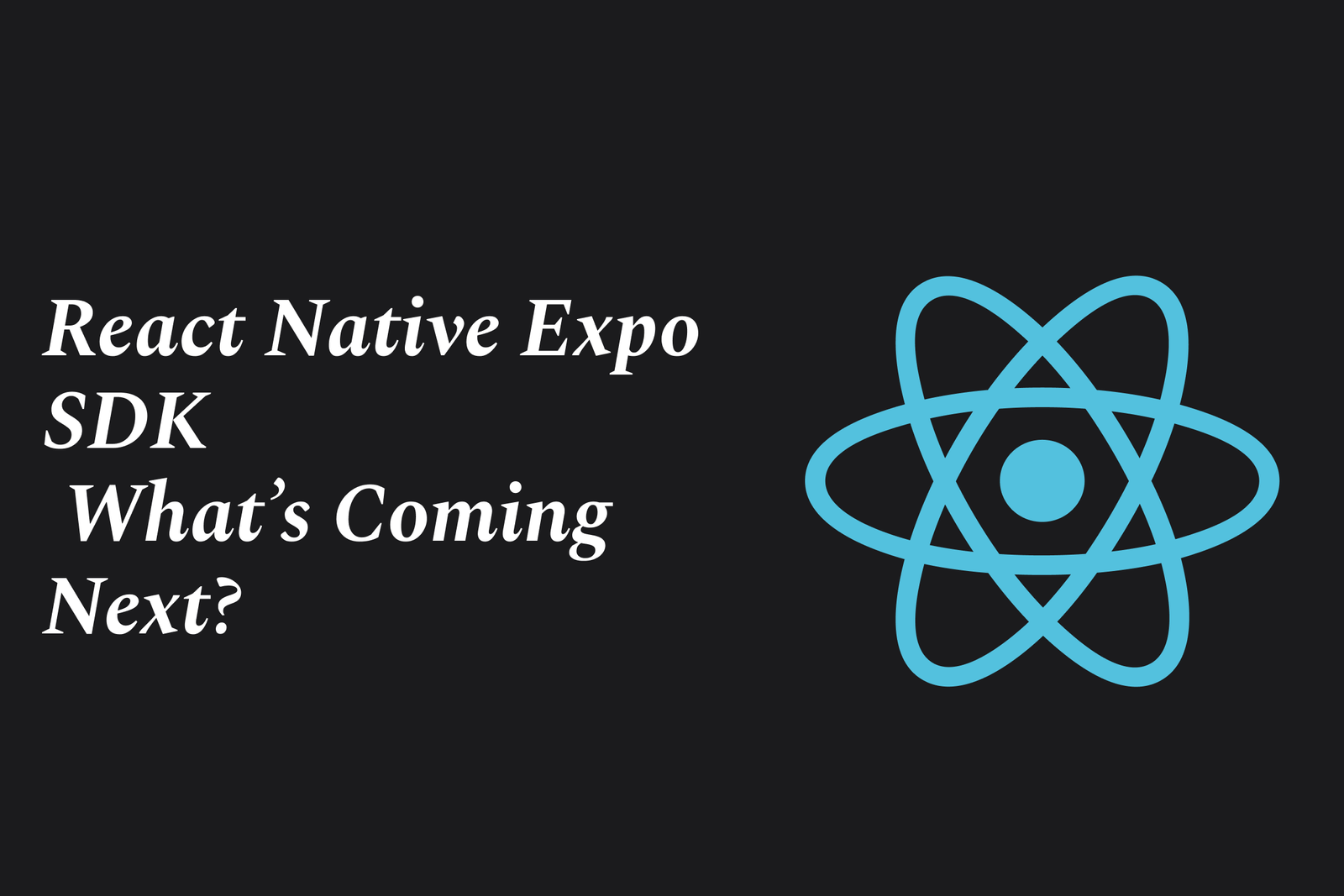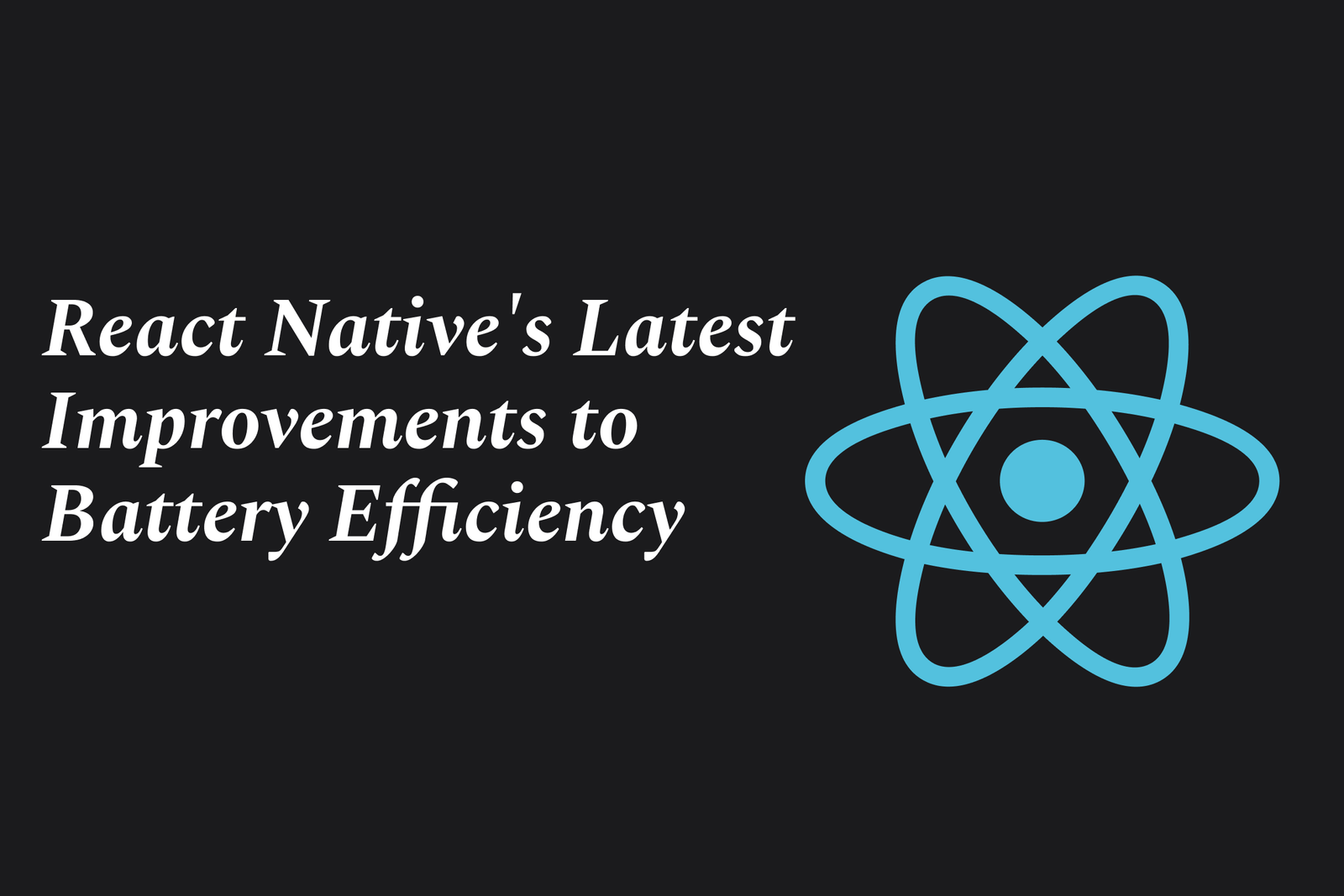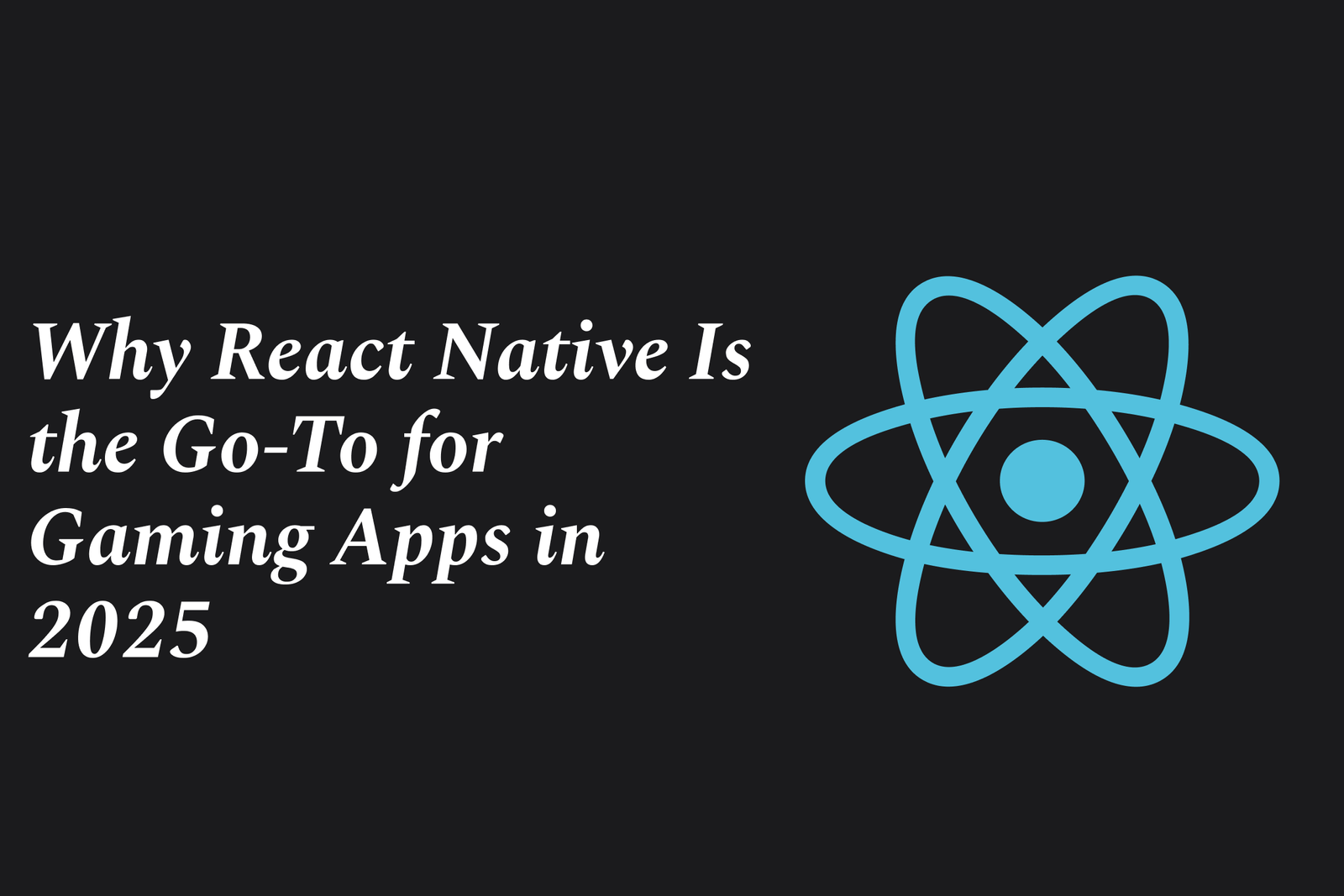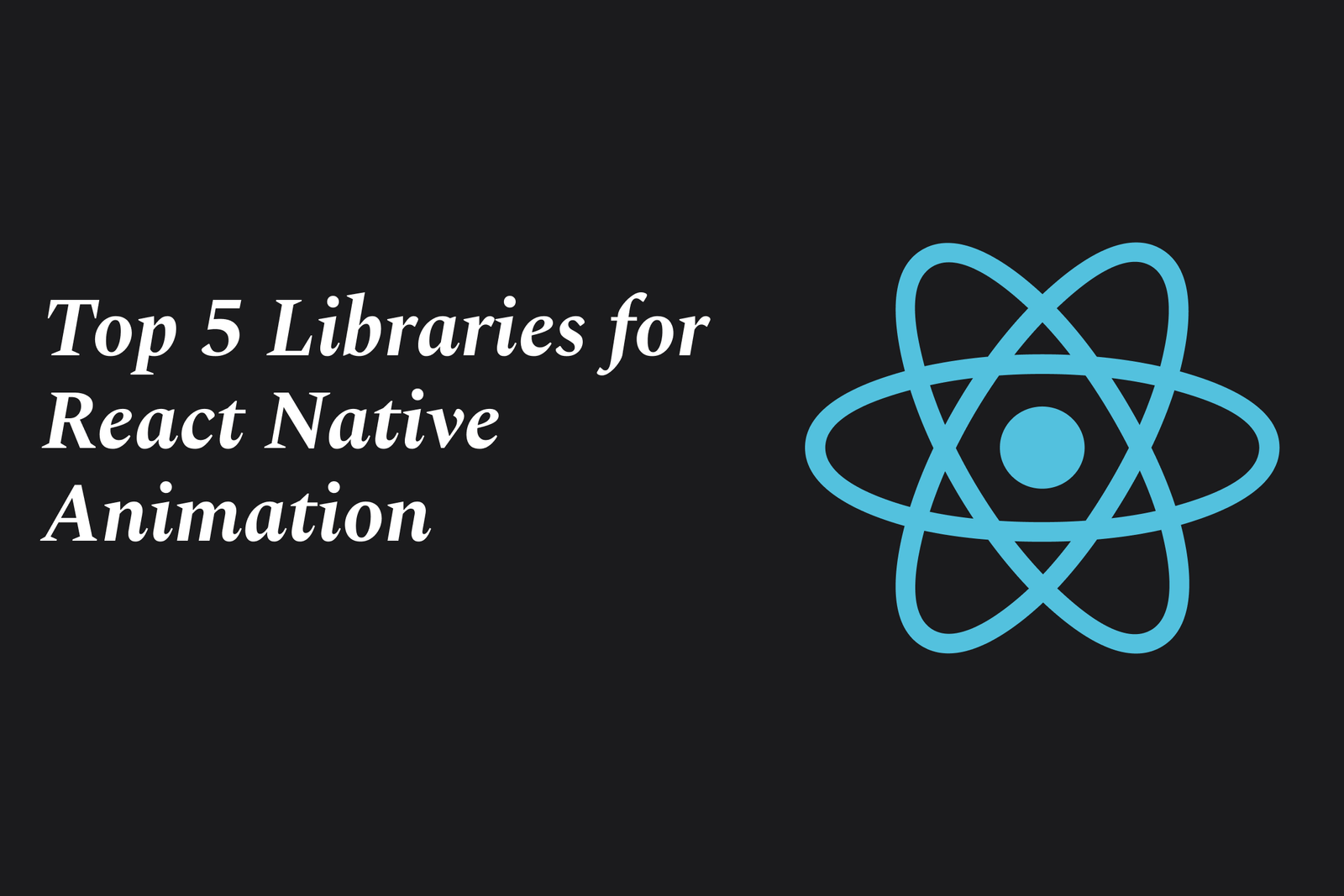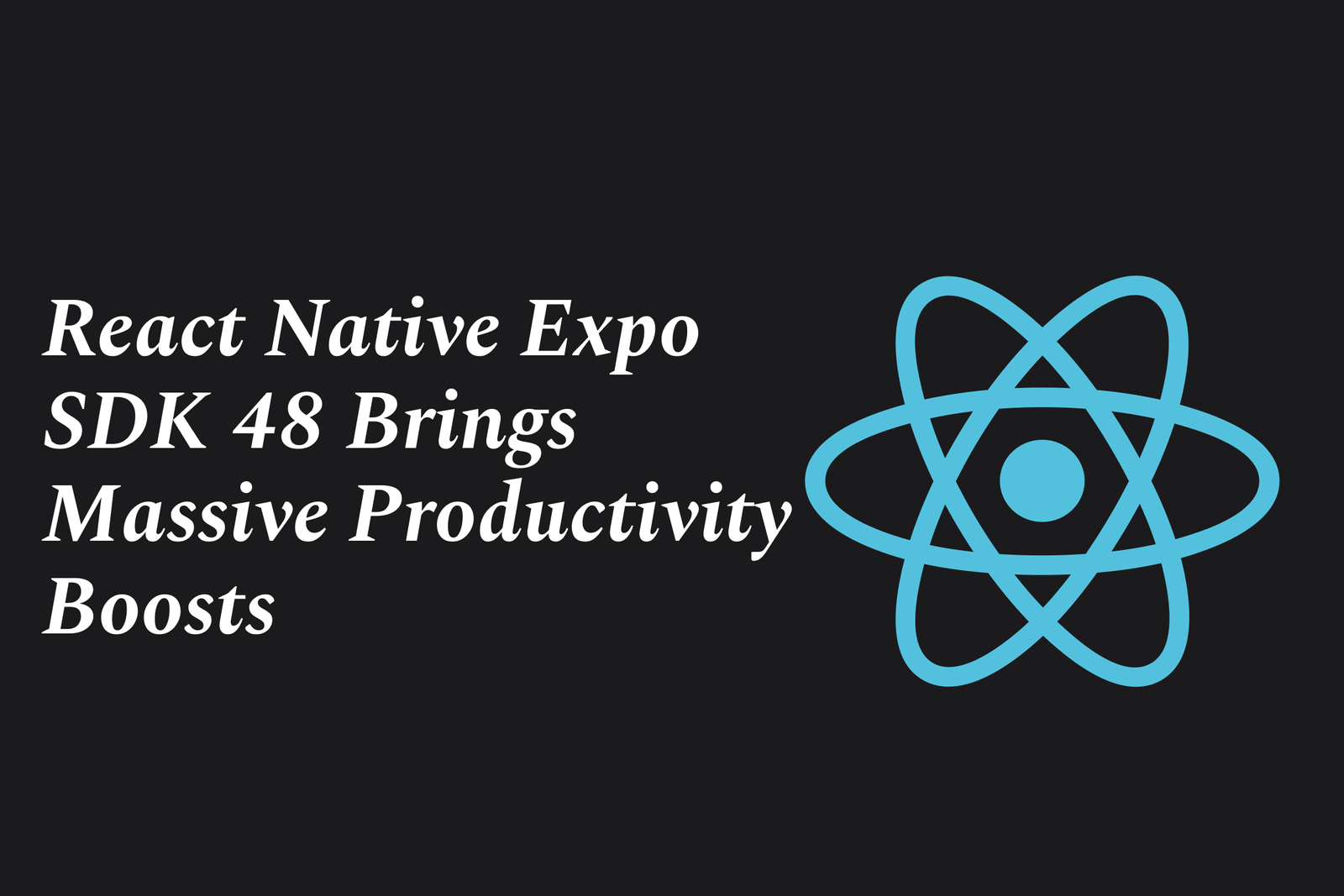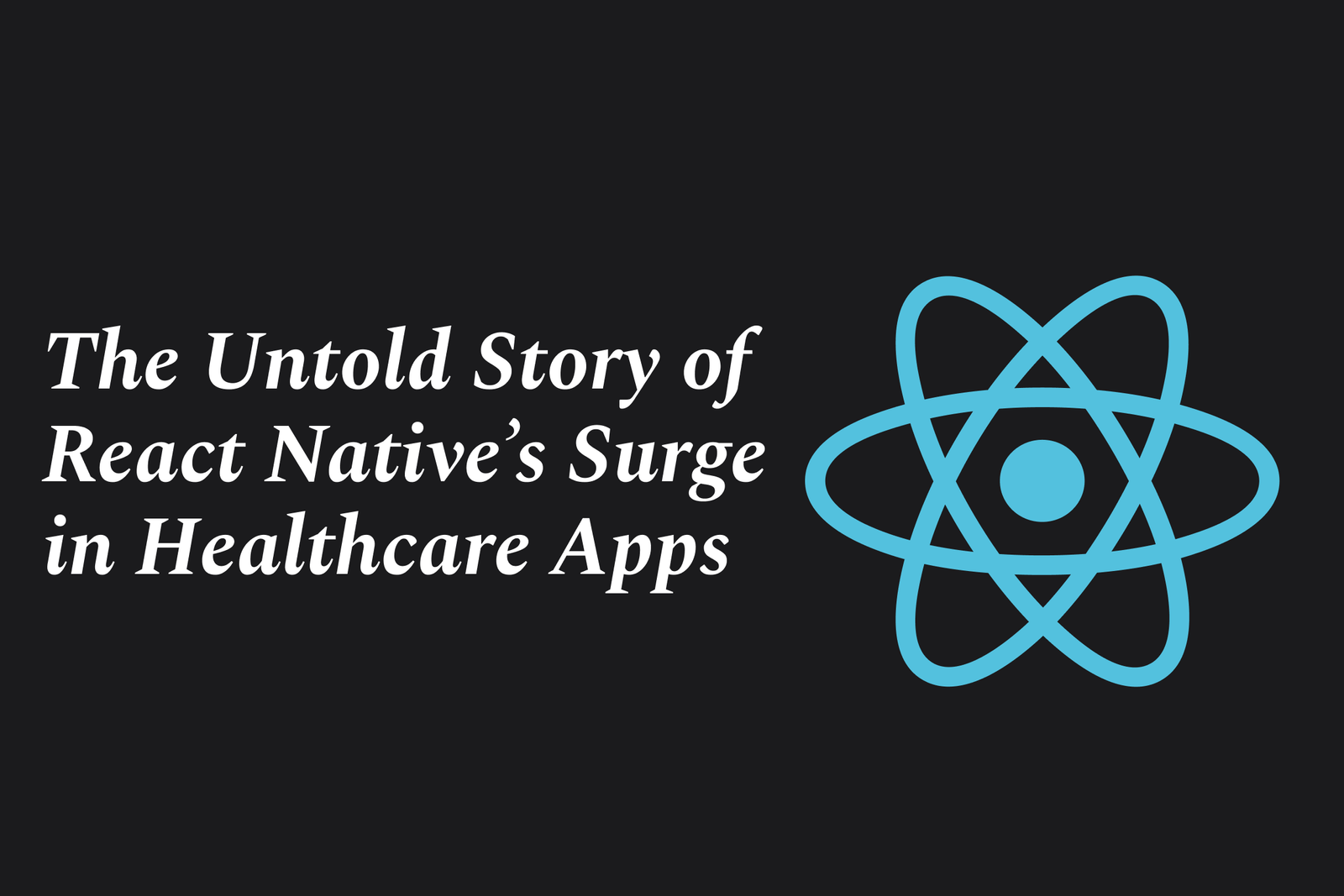React Native Debugging Tricks From The Experts
React Native Debugging Tricks From The Experts reveals essential techniques and tools to efficiently identify and fix issues in React Native apps. It covers tips like using debuggers, breakpoints, performance monitors, error boundaries, and network inspectors to boost app stability and developer productivity.
Learn MoreHow react native handles multitasking on modern devices
React Native handles multitasking on modern devices by leveraging native platform threads and an asynchronous JavaScript bridge, enabling smooth UI updates while performing background tasks. It manages resources efficiently and responds to app lifecycle changes for seamless multitasking.
Learn MoreReact Native 0.75 Vs 0.74: What?S Changed?
React Native 0.75 builds on 0.74 by stabilizing the new architecture, adding support for percentage-based layouts, and enhancing templates. While 0.74 introduced Yoga 3.0 and bridgeless mode by default, 0.75 focuses on improving developer experience and layout flexibility.
Learn MoreReact Native and GraphQL: a Match Made in Heaven
React Native and GraphQL together create a powerful combo, enabling efficient native app development with precise, flexible data fetching. This union boosts performance, simplifies data management, and accelerates development, making them a perfect match for modern mobile apps.
Learn MoreReact Native?S Secret Weapon: Faster App Load Times
React Native’s secret weapon for faster app load times lies in efficient caching and smart resource management. By storing frequently used data locally and loading only essential components upfront, it reduces delays, boosts performance, and delivers a smoother user experience.
Learn MoreWhy react native is still the fastest way to build apps
React Native speeds up app development by enabling a single JavaScript codebase to run on iOS and Android, cutting time and effort. Its strong ecosystem, hot reloading, and ability to integrate native modules make it the fastest way to build high-quality, cross-platform apps.
Learn MoreWhy React Native is Perfect for Startups on a Budget
React Native allows startups to build high-quality mobile apps for both iOS and Android using a single codebase, cutting development time and costs. Its fast iteration, large community, and native-like performance make it ideal for budget-conscious startups seeking quick market entry.
Learn MoreReact Native's New Architecture: What it Means for Your Apps
React Native's New Architecture is a complete overhaul that enables smoother UI with synchronous layouts, supports React 18+ features like concurrent rendering, and improves performance. It future-proofs your apps, though migration requires checking library compatibility and gradual adoption.
Learn MoreReact Native?S Role In AI-Powered Mobile Experiences
React Native enables fast, cross-platform mobile app development, making it ideal for integrating AI features like ML models, voice recognition, and personalization. Its native module support ensures efficient AI processing, delivering seamless, intelligent mobile experiences across iOS and Android.
Learn MoreReact Native 0.75 Release: Game-Changing Features You Can?T Miss
React Native 0.75 brings game-changing features like the New Architecture as default, official support for percentage-based layouts, improved project templates, and vital bug fixes—boosting performance, flexibility, and developer experience for building modern mobile apps.
Learn MoreMeta?S Big Push For React Native In 2025
In 2025, Meta is intensifying its focus on React Native, enhancing the framework with the latest React 19 features and freezing legacy systems to boost stability, aiming to streamline cross-platform app development and deliver faster, more efficient mobile experiences.
Learn MoreHow AI is Revolutionizing React Native App Development
AI is revolutionizing React Native app development by automating coding, debugging, and testing, enabling faster iterations and smarter problem-solving. This boosts productivity, accelerates cross-platform deployment, and allows developers to focus more on creativity and user experience.
Learn MoreHow React Native is Breaking into Enterprise Markets
React Native is breaking into enterprise markets by enabling faster, cost-effective cross-platform app development with a single codebase for iOS and Android. Enterprises like Shopify adopt it to streamline workflows, enhance scalability, and leverage a growing ecosystem despite initial technical challenges.
Learn MoreThe Rise of React Native in Augmented Reality Apps
React Native is rapidly rising in augmented reality app development due to its cross-platform capabilities, efficient coding, and seamless integration with AR frameworks like ARKit and ARCore, enabling developers to create immersive, high-performance AR experiences for both iOS and Android.
Learn MoreTop React Native Interview Questions In 2025
Top React Native interview questions in 2025 focus on understanding its cross-platform capabilities, performance advantages, key components, state management, and integration with native modules, helping candidates demonstrate proficiency in building efficient, scalable mobile apps using JavaScript and React Native.
Learn MoreReact Native?S Big Leap In Desktop App Development
React Native is making a big leap into desktop app development, enabling developers to build cross-platform desktop applications using familiar JavaScript and React components. This expansion aims to streamline development and unify codebases across mobile and desktop platforms.
Learn MoreReact Native Testing Tools You Didn?T Know Existed
Discover lesser-known React Native testing tools like Maestro, a declarative UI and flow tester with an IDE, and React Testing Library, which promotes user-centric tests. These tools enhance app reliability beyond standard Jest testing, boosting quality and developer efficiency.
Learn MoreWhy react native is the go-to for gaming apps in 2025
React Native is the go-to for gaming apps in 2025 because it enables fast, cross-platform development with near-native performance, rich native integrations, and a strong ecosystem—delivering cost-effective, scalable, and feature-rich mobile gaming experiences across iOS and Android.
Learn MoreTop 5 libraries for react native animation
Top 5 React Native animation libraries include React Native Animatable for easy pre-built animations, React Native Reanimated for advanced, high-performance gestures, React Native Modal for animated popups, Lottie for vector animations, and Gesture Handler for smooth touch interactions.
Learn MoreReact Native Expo SDK 48 Brings Massive Productivity Boosts
React Native Expo SDK 48 delivers major productivity boosts by speeding up builds, enhancing developer tools, and introducing a powerful new routing system. It streamlines app development with improved performance, updated APIs, and better compatibility, enabling faster, more efficient workflows.
Learn MoreThe Untold Story Of React Native?S Surge In Healthcare Apps
React Native’s surge in healthcare apps is driven by its ability to build secure, cross-platform solutions quickly and cost-effectively. It enables seamless user experiences, faster updates, and integration with native features, meeting healthcare’s demands for innovation and compliance.
Learn More